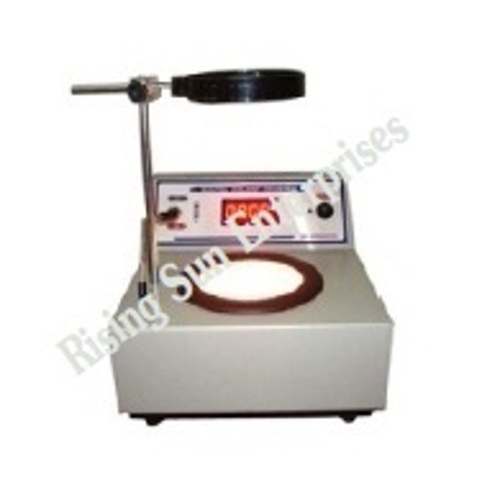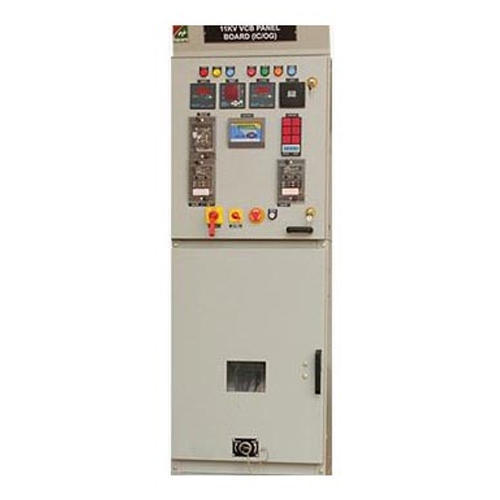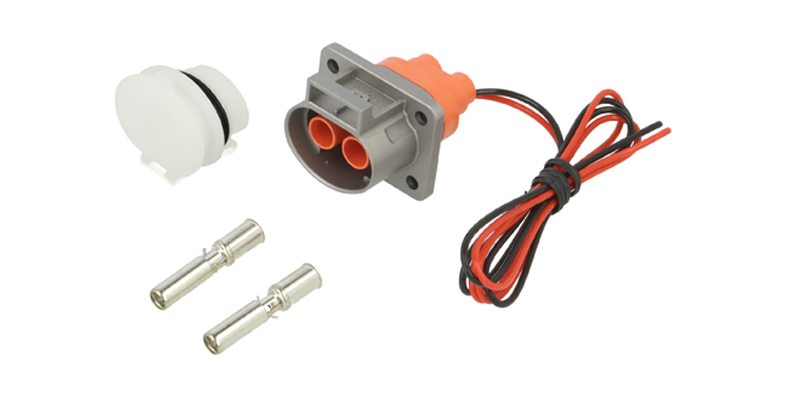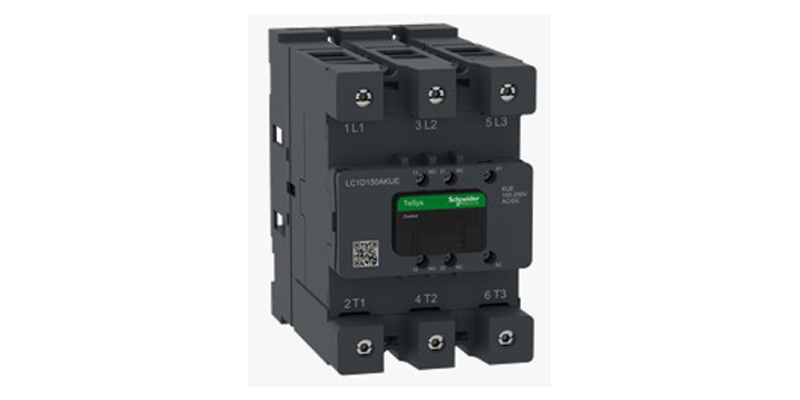Schedule a Call Back
Selecting the Best Electrical Connection for Pressure Transducers
 Technical Articles
Technical Articles- May 08,13

Selection of the best electrical connection for pressure sensors in a specific application requires answering a number of related questions. With an increase in third party agency approvals and expanded use of transducers and transmitters in commercial and industrial applications, the variety of available connection options can be overwhelming. In simplest terms, understanding where, who and what types of sensors are being installed are the basic steps to selecting the best transducer electrical connection option.
Where is it being installed?
Hazardous Areas For explosion-proof environments, a pressure transducer is typically wired into a junction box and cable is run through the conduit according to the electrical code. With certain instruments, the junction box is integral to the transducer, so terminations are made within the housing. Cable length can be limited and electrical terminations coming directly from the transducer are limited to cable options.
Intrinsically safe and non-incendive locations do have available connector options. An intrinsically safe transmitter will require a Zener barrier, whereas non-incendive approvals require a conduit over the electrical connection, which can be made to a connector. Always consult local regulations regarding safety in selection of the correct connection type.
Submersible and Sub-sea

Submersible pressure transducers applications typically are installed with cable connections to allow the diaphragm to correct for barometric pressure changes at the surface (or outside of the tank). Cable is the ideal option to ensure that this occurs. Cable can be specified with materials compatible with various liquids and gases for long term use. Submersible installations, such as diesel tank level, can be considered hazardous and can also require an intrinsically safe installation. Again, check safety requirements.
For sub-sea applications, connectors can be a better option. The pressure associated with submersion cannot typically be held with cable connections to prevent water ingress and thus an electrical short.
Physical Location
Is the pressure transducer going to be installed indoors or outdoors? Will it be subjected to high pressure wash-down or submersion? While a typical pressure transducer looks like a piece of pipe with a thread, sensitive electronics are housed internally that can electrically short when exposed to liquids. When selecting either connector or cable, ensure to prepare for UV resistance, possible flooding, high pressure wash down or high humidity. Gauge pressure transducers with connectors can be vented through the connector itself using a moisture barrier.
For high pressure applications, sealed gauge reference is a safe option. It protects the electronics from moisture penetration (from a flood zone or mining truck that sees a pressure washer), yet prevents the transducer from correcting for barometric pressure. In higher pressure applications, barometric pressure is a smaller percentage of the overall range, so less likely to effect the overall reading.
Who is Doing the Installation?

The location of the install and the personnel assigned to do the installation can make a difference in the electrical connection selection. For example, if a field technician with no formal training in pressure transducers assigned the installation, a connector is probably a safer option as it can reduce the risk of wiring mistakes and make a faster connection by plugging A into B. Long lengths of cable on the transducer in the wrong hands can be problematic if the cable jacket is cut by accident as this can lead to either sending the sensor back for repair, replacement or splicing the two ends together. The replacement of a cable assembly can be much more cost effective and easier to stock.
Let's say, for example, a commercial water pump manufacturer has to upgrade a water pump system in an apartment building. The work is being contracted to a licensed installer. The building control panel is located a long distance from the actual pump where the pump and instrumentation are located. To minimize down time and quickly run the cable from the control room to the instrumentation, connectors are the safest choice.
A connector would be a preferable choice when the system might require future repair by the owner or user of equipment. Pressure transducer manufacturers, for the most part, offer the same or similar connection options and pin-out configurations. If MRO is a future potential, choose a connector that is fairly common and available in stock. In the example above, if the building maintenance person is going to be responsible for the repair, working with simple instructions on how to disconnect the connector, shut the valve, unthread the sensor and replace it are much safer and easier than including wiring and splicing instructions.
On the other hand, having cable integral to the transducer can be a nice option for trained personnel. They can use the same transducer at multiple locations on site and cut the cable back for optimal lengths. It can deter untrained people from making modifications to a system they are not authorized or qualified to do.
How Many Variations of Sensors do I Have?
For certain industrial and OEM applications, a single piece of equipment can use various sensors. Using connectors can save time by centralizing wiring to a cable harness. In some cases, a cable with an in-line connector is also an option. It keeps the harness neat in a central location and allows the pressure transducer to reach around other items and parts.
Using different electrical connections for different parts is an added safety feature. To ensure a 100 PSI transducer is installed in one area and the 10,000 PSI transducer is put at another section, different connectors (and different process connections) can prevent issues and protect employees and system users.
Related Products

Digital Colony Counter
Rising Sun Enterprises supplies digital colony counter.

Indoor Vacuum Circuit Breaker Panels
- They bring forth indoor vacuum circuit breaker panels that offer exceptional performance to interrupt the power in case of short circuit and power overload.
- These indoor vacuum c Read more

Electromagnetic Flow Meter
Charun Instruments provides fully automatic and digitally designed electromagnetic flow meter.














